This is a preprint.
Functional Diversity of Memory CD8 T Cells is Spatiotemporally Imprinted
- PMID: 38585842
- PMCID: PMC10996520
- DOI: 10.1101/2024.03.20.585130
Functional Diversity of Memory CD8 T Cells is Spatiotemporally Imprinted
Update in
-
Tissue-resident memory CD8 T cell diversity is spatiotemporally imprinted.Nature. 2025 Mar;639(8054):483-492. doi: 10.1038/s41586-024-08466-x. Epub 2025 Jan 22. Nature. 2025. PMID: 39843748 Free PMC article.
Abstract
Tissue-resident memory CD8 T cells (TRM) kill infected cells and recruit additional immune cells to limit pathogen invasion at barrier sites. Small intestinal (SI) TRM cells consist of distinct subpopulations with higher expression of effector molecules or greater memory potential. We hypothesized that occupancy of diverse anatomical niches imprints these distinct TRM transcriptional programs. We leveraged human samples and a murine model of acute systemic viral infection to profile the location and transcriptome of pathogen-specific TRM cell differentiation at single-transcript resolution. We developed computational approaches to capture cellular locations along three anatomical axes of the small intestine and to visualize the spatiotemporal distribution of cell types and gene expression. TRM populations were spatially segregated: with more effector- and memory-like TRM preferentially localized at the villus tip or crypt, respectively. Modeling ligand-receptor activity revealed patterns of key cellular interactions and cytokine signaling pathways that initiate and maintain TRM differentiation and functional diversity, including different TGFβ sources. Alterations in the cellular networks induced by loss of TGFβRII expression revealed a model consistent with TGFβ promoting progressive TRM maturation towards the villus tip. Ultimately, we have developed a framework for the study of immune cell interactions with the spectrum of tissue cell types, revealing that T cell location and functional state are fundamentally intertwined.
Conflict of interest statement
M.R-C. is a co-founder, scientific advisor, and board member of TCura Bioscience, Inc. A.F. is a co-founder, CEO, and board member of TCura Bioscience, Inc. B.S.B. receives consulting fees from Bristol Myers Squibb, Pfizer, and research grants from Merck, Gilead. A.W.G. is a co-founder of TCura Bioscience, Inc. and serves on the scientific advisory board of ArsenalBio and Foundery Innovations. The rest of the authors declare that they have no competing interests.
Figures

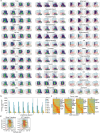
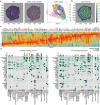
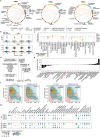
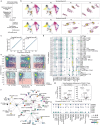
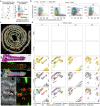
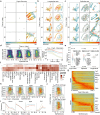
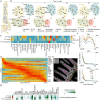
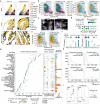
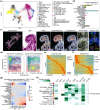
References
Methods References
-
- Stringer C., Wang T., Michaelos M. & Pachitariu M. Cellpose: a generalist algorithm for cellular segmentation. Nature Methods 2020 18:1 18, 100–106 (2020). - PubMed
Publication types
Grants and funding
LinkOut - more resources
Full Text Sources
Research Materials
